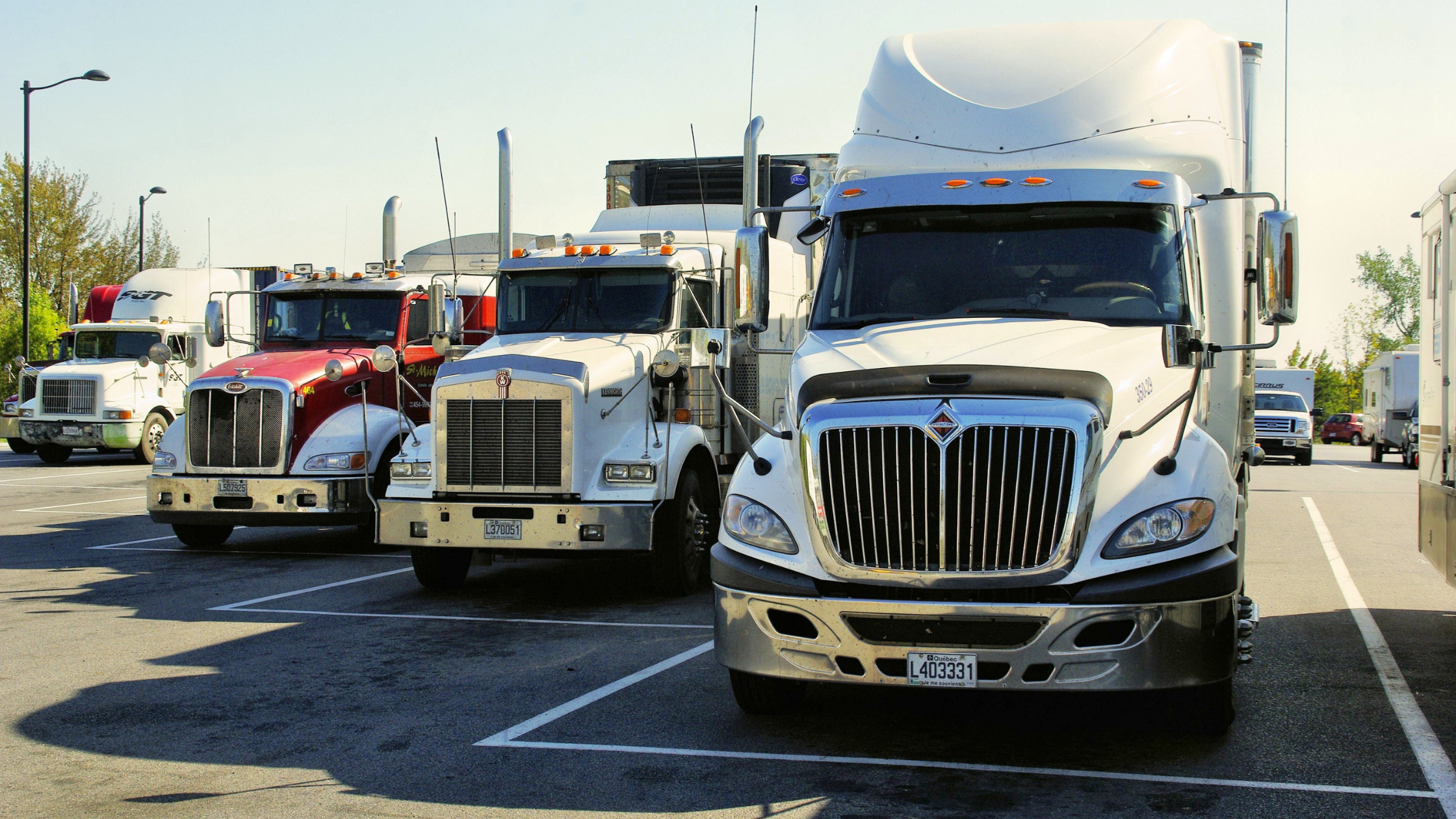Prepare for Road User Charge & Registration Increases for Heavy Vehicles
Are you prepared for the upcoming changes in road user charges for heavy vehicles? With a new three-year review cycle proposed, it's important to understand how these changes will impact your business.
The National Transport Commission (NTC) in Australia is responsible for ensuring that the heavy vehicle road user charge (RUC) system is fair, efficient, and sustainable.
However, changes are on the horizon that will impact heavy vehicle operators. Charges for heavy vehicles will be reviewed every three years, rather than being increased annually under the current pay-as-you-go (PAYGO) model.
Background on the Current System
Each year the NTC determines the annual fees for heavy vehicles. Under the current PAYGO model, the NTC collects annual road expenditure data from the states and territories and uses a model to allocate the costs between heavy and light vehicles.
The aim is to recover the heavy vehicle costs, which are related to the amount of wear and tear they cause on the roads, through a combination of yearly registration and RUC based on fuel usage.
The regulatory component of registration charges is also collected by the state and territory registration authorities and passed on to the National Heavy Vehicle Regulator.
The NTC has reported significant increases in government expenditure over recent years, particularly in road rehabilitation and pavement improvements to cope with the weights and loads of heavy vehicles.
As a result, heavy vehicle costs have gone up, leading to a steep increase in the heavy vehicle cost space.
Change to a multi-year model on the horizon
The current model for heavy vehicle charges involves an annual adjustment based on the previous year's costs, which can make it difficult for businesses to plan and budget for the upcoming year. In response, the Infrastructure and Transport Ministers Meeting (ITMM) has proposed a multi-year model where heavy vehicle charges will be set for a three-year period, providing greater certainty and stability to the industry.
State and Territory Transport Ministers have agreed in principle to this change. However, the exact increases in charges are still under consideration, and two options have been presented for consultation: a 6% increase per annum or a 10% increase per annum over three years.
Further work is needed to establish the right balance of cost-recovery and businesses’ ability to cope with the increase.
Why are the changes being made?
Overall, the proposed multi-year model aims to provide greater transparency, stability, and simplicity in heavy vehicle charges, while reducing administrative burden for businesses.
Operators will know the exact amount of registration charges they’ll need to pay for three years, providing certainty over part of their operating expenditure.
What does a 6% or 10% increase look like for RUC and registration costs?
Modelling by the National Transport Commission shows that if a 6% increase is approved, the RUC cents per litre will increase from the current 27.2c (2022-23) to 28.8c (2023-24) to 30.5c (2024-25) to 32.4c (2025-26).
3-year forecast for registration charges based on 6% increase
|
Vehicle type |
Current (2022-23) |
2023-24 |
2024-25 |
2025-26 |
|
2-axle rigid truck, no trailer, GVM to 12 tonnes |
$629 |
$653 |
$679 |
$706 |
|
3-axle rigid truck, no trailer, GVM over 16.5 tonnes |
$1,185 |
$1,248 |
$1,317 |
$1,392 |
|
3-axle rigid truck with a 3-axle dog trailer over 42.5 tonnes GCM |
$12,018 |
$12,824 |
$13,697 |
$14,633 |
|
6-axle articulated truck |
$6,530 |
$6,872 |
$7,236 |
$7,621 |
|
9-axle B-double |
$15, 488 |
$16, 302 |
$17, 169 |
$18,086 |
|
Double road train |
$15, 544 |
$16, 358 |
$17, 225 |
$18, 142 |
If a 6% increase is approved, the RUC cents per litre will increase from 27.2c (2022-23) to 28.8c (2023-24) to 30.5c (2024-25) to 32.4c (2025-26)
Reference: National Road Transport Association: Budgeting for the Future of Fuel Tax and Road Charges webinar (March 2023).
3-year forecast for registration charges based on 10% increase
|
Vehicle type |
Current cost (2022-23) |
2023-24 |
2024-25 |
2025-26 |
|
2-axle rigid truck, no trailer, GVM to 12 tonnes |
$629 |
$670 |
$716 |
$766 |
|
3-axle rigid truck, no trailer, GVM over 16.5 tonnes |
$1,185 |
$1,282 |
$1,393 |
$1,516 |
|
3-axle rigid truck with a 3-axle dog trailer over 42.5 tonnes GCM |
$12,018 |
$13, 277 |
$14, 684 |
$16, 250 |
|
6-axle articulated truck |
$6,530 |
$7, 117 |
$7,762 |
$8, 466 |
|
9-axle B-double |
$15, 488 |
$16, 885 |
$18, 421 |
$20, 099 |
|
Double road train |
$15, 544 |
$16, 941 |
$18, 447 |
$20, 155 |
If a 10% increase is approved, the RUC cents per litre will increase from 27.2c (2022-23) to 30c (2023-24) to 33c (2024-25) to 36c (2025-26)
Reference: National Road Transport Association: Budgeting for the Future of Fuel Tax and Road Charges webinar (March 2023).
We highly recommend checking out the National Road Transport Association’s recent webinar, Budgeting for the Future of Fuel Tax and Road Charges for a more in-depth understanding of the changes and their implications for the heavy vehicle industry.
If your transport business is struggling with the increasing costs of doing business, please reach out to us to discuss our cash flow solution. Earlypay’s Invoice Finance allows you to access cash from your customers’ unpaid invoices, providing you with the cash flow required to grow.
